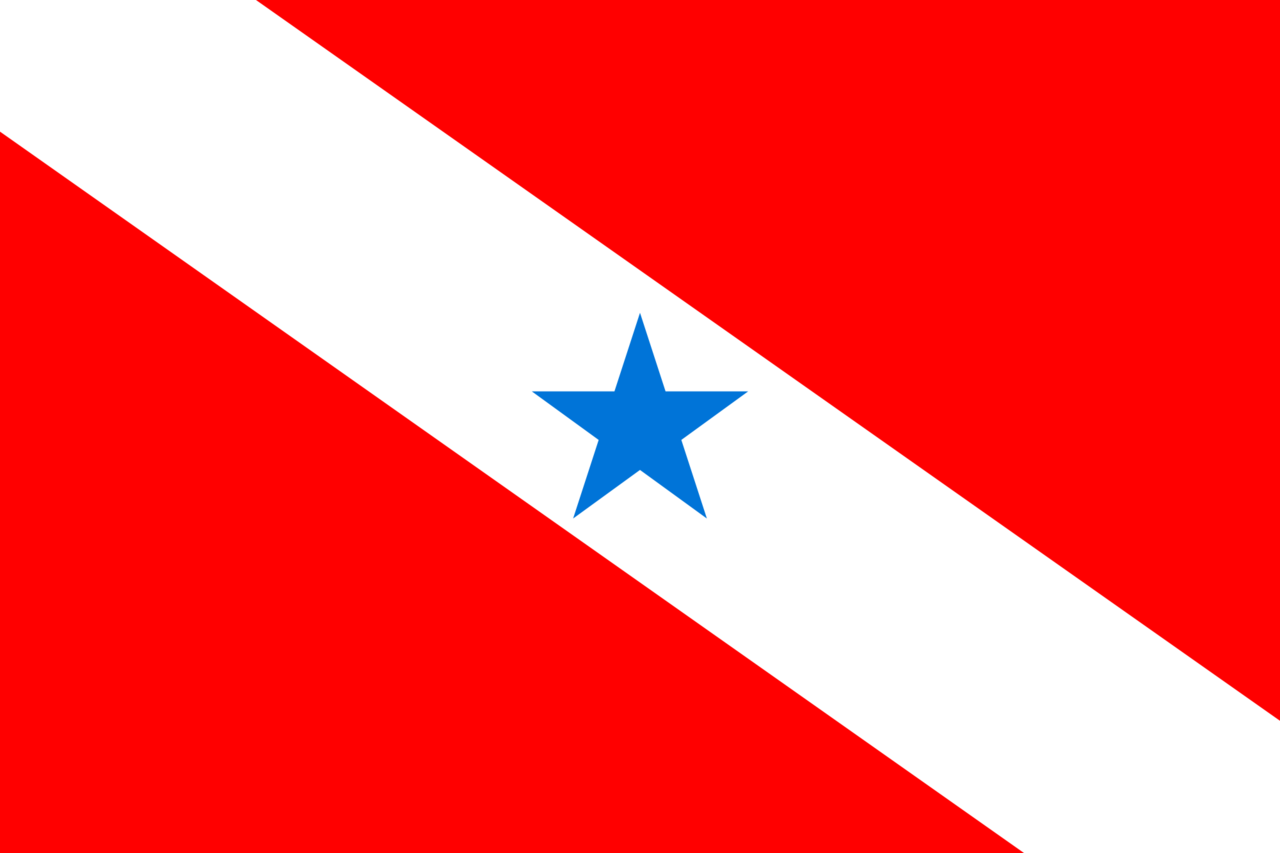Jurisdictional REDD+ (JREDD+) and the Tropical Forests Forever Facility (TFFF) are complementary finance streams to conserve and restore global forests. Both are urgently needed to avoid the worst impacts of climate change.
In the 2013 Warsaw Framework, countries under the United Nations Framework Convention on Climate Change (UNFCCC) agreed to the five “REDD+ activities” as priorities for conserving and enhancing forests thereby reducing and removing emissions. These include:
- Reducing emissions from deforestation
- Reducing emissions from forest degradation
- Conservation of forest carbon stocks
- Sustainable management of forests
- Enhancement of forest carbon stocks
While all five activities are, in theory, eligible for carbon market finance, in practice most funding has flowed to reducing emissions from deforestation and forest degradation, and enhancing forest carbon stocks.
This is where the new proposal for a Tropical Forests Forever Facility can work alongside jurisdictional REDD+ to address all REDD+ activities, filling the gaps.
ART’s JREDD+ standard enables entire countries or subnational jurisdictions (such as provinces or states) to design and implement programs that reduce emissions from deforestation and degradation, or that enhance forest carbon stocks through restoration. When it comes to reducing emissions, under ART’s conservative framework, jurisdictions earn credits only for verified reductions below rigorously established baselines, ensuring measurable, additional climate benefits.
The TFFF, by contrast, is a proposed $125 billion endowment, led by Brazil’s COP30 Presidency, to provide long-term finance for the conservation of standing tropical forests. Unlike JREDD+, which is tied to measurable emission reductions and activity-based carbon stock enhancements, TFFF will make area-based payments (e.g., $4 per hectare) to countries and communities for intact forest cover and ecosystem services that are not currently financed by markets.
In reality, the complementarity is about the need for as much finance as possible. To date, finance flows have remained well below what is needed to halt and reverse deforestation globally. Many estimates suggest an annual need that is orders of magnitude greater than what’s been provided to date. Working alongside carbon finance, TFFF offers an opportunity to further fill this gap by providing area-based payments for standing forest cover, regardless of carbon emission reductions or removals.
In short: TFFF will complement JREDD+ by targeting activities that are underserved by finance focused on verifiable emission reductions and removals. Both approaches are urgently needed to avoid the worst impacts of climate change. ART heartily welcomes the TFFF, noting that JREDD+ is operational now, delivering finance to jurisdictions. TFFF is in its early stages, and it is likely to be several years before large-scale payments are made.




